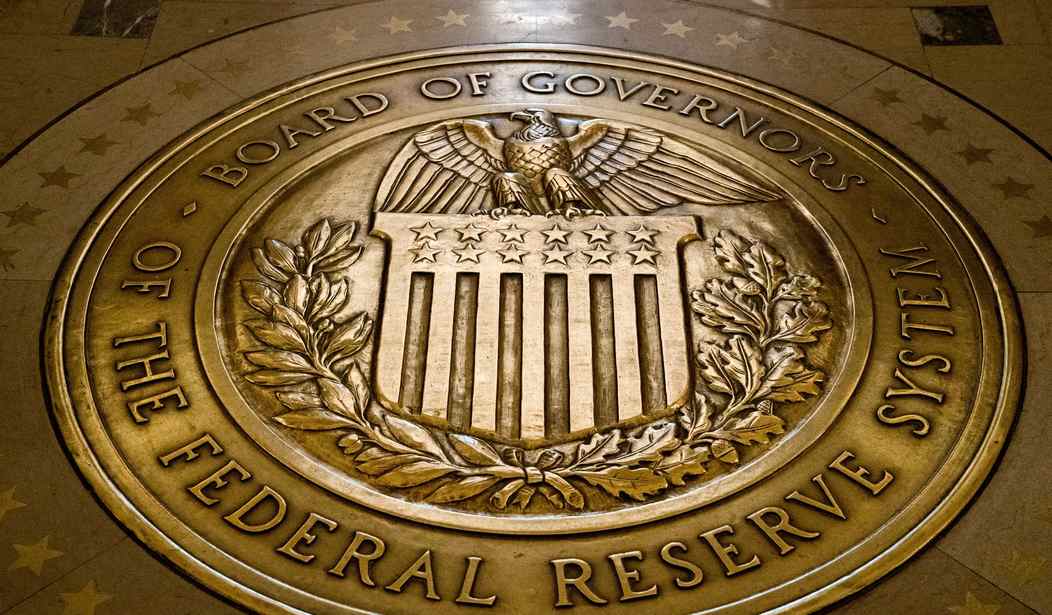The “rate of inflation” is an entirely subjective measurement. Everyone in America who goes shopping knows that prices are climbing. And they’re climbing a lot faster than any government measure indicates.
For the sake of giving us a benchmark, the government announced that the prices of most goods and services rose at an annual rate of 5 percent. When you consider that for close to a decade inflation was at or even below zero, that’s a pretty hefty increase.
Perhaps a more useful measurement is the “core inflation rate.” This measures price increases but excludes the volatile food and energy sectors of the economy. That number went up 3.8 percent — the sharpest increase in nearly three decades. The core inflation rate is a more accurate indicator of the “cost of living” because it measures things like used cars, clothes, and other personal consumption expenditures — everyday items that affect our standard of living. If our personal income doesn’t go up, inflation acts as a kind of tax and makes us poorer.
The Federal Reserve uses the core inflation rate to make its decisions on interest rates and the money supply. You would think the largest increase in core inflation in three decades might alarm them.
Not to worry. Remain calm.
Though the inflation readings are well above anything seen since the 2008-09 financial crisis, the Federal Reserve has been largely dismissive of the numbers. Central bank officials believe the current rise is due to temporary factors that will abate as the year goes on and look higher because of comparisons to the year-ago period, when much of the economic activity remained restricted due to pandemic precautions.
Consequently, market participants generally do not expect to see the Fed react to the latest numbers when the policymaking Federal Open Market Committee meets next week.
“The strength in the top line indices was driven largely by categories that have been heavily disrupted by COVID and remain under pressure from supply chain disruptions,” wrote Eric Winograd, senior economist at Alliance Bernstein. “The more persistent categories of inflation — the ones that do a better job of capturing the sustainable trend—are significantly more subdued.”
As for the White House, they are sanguine at the prospects of higher inflation.
On Saturday, Treasury Secretary Janet Yellen said inflation could climb as high as 3 percent over the entire year, which would be considered high for the United States. Still, it’s unclear just how high inflation will be allowed to climb, and for how long, before policymakers in the administration and the Fed see cause for concern.
Three percent inflation is significant when you’ve been living and planning your life based on inflation that’s half that rate or less.
The Mandarins of finance at the Fed don’t know the future. They may be smart but they aren’t clairvoyant. They can point to the inflation increase and say it’s only a temporary spike, nothing to worry about.
But you have to think they’re keeping their fingers crossed that this will be so. The Fed usually plays ball with the political party in power so it wouldn’t be unusual for them to wait as long as possible before they begin jacking up interest rates.
High inflation, high interest rates — Democrats won’t even be able to get elected dog catcher in 2022 if that is the reality.










Join the conversation as a VIP Member